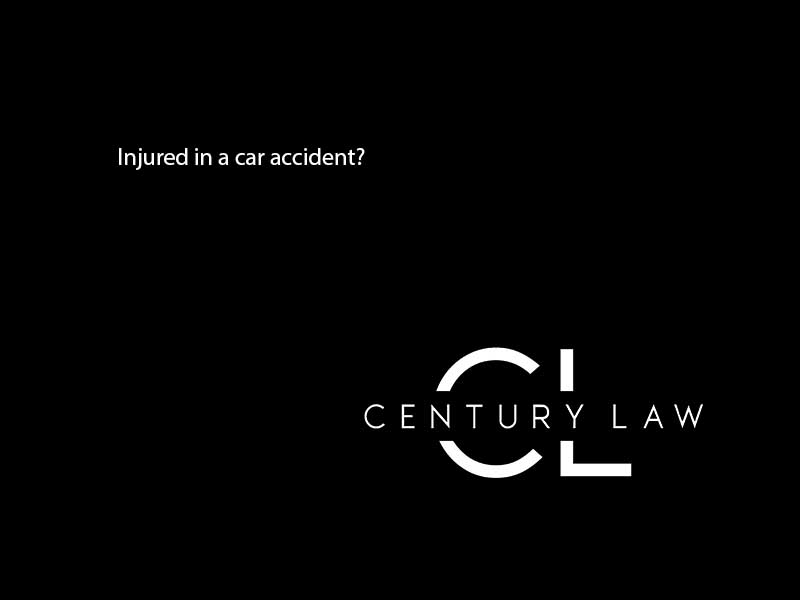Broken and Fractured bones
Los Angeles Lawyers to Represent you for Broken and Fractured Bone Injuries
If You’ve Been Involved In an Accident Severe Enough to Damage Bones, You Need the Right Broken Bone Lawyers
We’re sorry to hear that you’ve been involved in an accident severe enough to break or fracture your bones. We understand that this must be a difficult time, but we suggest you read on to get a better idea of what your options are.
Don’t suffer unnecessarily. Retain a firm that places your well-being first, and that has the experience and knowledge to obtain the highest payout possible.
Hire us and we will fight for you. We hold the other party and their insurance company accountable. Your focus is to take care of yourself and your family, and our focus is to use the sword of the law to fight to get you what you the compensation you deserve.
What does it mean to break or fracture a bone?
Diagnosis of broken and fractured bones.
Treatment of broken and fractured bones.
Recovering compensation for your broken and fractured bones.

What Does It Mean to Break or Fracture a Bone?
Basic anatomy of the bone
Our skeletal system is the framework of bones to which much of your body attaches. The inside of the bone, or bone marrow, is the source of stem cells in your body. Rigid compartments exist around the bone which hold your bones, muscles, nerves, and blood vessels in place. This connective tissue, or fascia, is essential to the way in which your body is structured and functions. While bones are generally understood to be rigid, they can actually flex.
Bone fractures
The ability of a bone to flex is very limited, however. The impacting forces from a serious fall or even relatively minor car accidents are capable of bending your bone beyond the breaking point. A broken bone is classified in several ways:
Closed fracture
Open fracture
Simple fracture
Complex fracture
Transverse fracture
Linear fracture
Oblique fracture
Non-displaced fracture
Displaced fracture
Incomplete fracture
Complete fracture
Greenstick fracture
Comminuted fracture
Spiral fracture
Closed (Simple) versus Open (Complex) Fractures
Skin penetration is one factor in determining severity of a fracture. If your broken bone does not penetrate through the skin, this is classified as a simple or closed fracture. If penetration does occur, this is an open or complex fracture. These type of fractures are more severe and more difficult to treat and reposition for a full recovery.
Linear versus Transverse versus Oblique Fractures
Fractures are also classified based on the orientation of the break. If the bone breaks in line with the length of the bone, this is a linear fracture. Transverse fractures are the most common type, where the break is straight across the bone shaft, akin to a twig being snapped in half. Finally, oblique fractures involve a break that is diagonal or at a curve from the bone.
Complete versus Incomplete Fractures
This classification is a measure of the completeness of the fracture. If the bone is broken all the way through (typically in transverse fracture), this is considered a complete fracture. Anything less is an incomplete fracture.
Displaced versus Non-displaced Fractures
Related to the previous categories, displaced fractures are when the bone fragments are no longer in their original location – which is associated with a complete fracture. If the bones are still in their original location, broken all the way through or not, this is a non-displaced fracture.
Greenstick Fracture
This is a type of incomplete fracture where one side of the bone shaft is bent, while the other side is broken.
Comminuted Fracture
The bone is broken into many smaller fragments.
Spiral Fracture
The break pattern is a spiral, often resulting from twisting forces generated against the bone shaft.
Causes of Broken Bones Where You Need a Broken Bone Lawyer
Premises Liability Accidents
Aviation Accidents
These are just to name a few. If you’ve experienced broken bones or bone fracturing as a result of an accident and you’re unsure whether or not you’re a good candidate for a broken bone lawyer, contact Century Law or call us now!
The Bone Healing Process
Hematoma Formation
When your bone breaks, so do the blood vessels that run along the bone. This creates a hematoma, or a blood clot, as a result of blood pooling in the area. This is the source of the swelling. Blood vessels take a few days to begin healing, and during this time, some bone cells will die out.
Clean-up
Your body uses white blood cells to clean up dead cells and any germs in the area. Osteoclasts, or the cells responsible for breaking bone tissue down, start removing the dead bone cells, preparing the area for bone reformation.
Soft Callus Formation
Thanks to your body’s chondroblasts and osteoblasts, a mixture of new bone and cartilage forms at the site of the fracture. New cartilage is formed by chrondoblasts, and osteoblasts are how your body forms new bone. Fibroblasts also play a role in producing new collagen fibers in the area. This new bone material is relatively soft when formed, and is referred to as a soft callus.
Hard Callus Formation
The new bone material hardens overtime, producing what is known as a hard callus. Your body will typically overshoot the repair, so the excess is broken down by the osteoclasts once again. However, this process isn’t perfect, and the leftover excess is the reason for why you can feel a bump on your bone in the affected area. In total, this entire process usually takes 3-12 weeks, assuming no infections or complications.
Diagnosis of Broken and Fractured Bones
Symptoms of broken bones include:
Bruising, with pain and swelling
Reduced movement in the area
Odd or unusual appearance
Redness at the site of the break or fracture
Nerve impairment/damage
Crackling sound (more prominent in comminuted fractures)
While these symptoms outline a broken bone, ultimately, x-rays are required to confirm the existence, type, and severity of a bone fracture.
Treatment of Broken and Fractured Bones
If you suspect a broken bone:
If you suspect that you have a broken bone, the first thing you should do is immobilize the area. This is the initial approach even by first responders, so it’s good to keep this in mind. You don’t want to cause more internal damage by moving the fractured parts around.
If there’s bleeding, pressure should be applied to stop excessive bleeding. Be extra careful if you’re on blood thinner medication.
If the fracture is an open fracture, the broken skin should be covered with something sterile to avoid infection.
In the first few days after a fracture:
Pay particular attention to the sensations in the fractured limb. Take note of these symptoms in particular:
Pain (Is the pain medication effective? Does a gentle stretch cause pain?)
Numbness (Do you feel a pins-and-needles or tingling sensation?)
Color (Is the site of the break or fracture becoming pale or losing color?)
Paralysis (In the case of a broken arm, for example, can you still move your fingers?)
Temperature (Is the skin temperature at the site of the break or fracture different than the rest of your body?)
Compartment Syndrome
These items are important to identify early. If these are present, you need a medical professional to test for Compartment Syndrome ASAP.
Compartment Syndrome is a possible complication of broken bones. The fascia, or the rigid compartments surrounding the bones, can have their internal pressure increased. This happens because the fractured bone can push against these compartments. This increase in pressure can result in the blood and nerve supplies being cut off, resulting in permanent death of a body part. Compartment syndrome must be identified within about 6 hours of occurrence or amputation may be required.
Aligning bones for healing
Placing the bone back in its original state is called bone reduction. A closed bone reduction is when this is done non-surgically, such as by locking a bone in position by cast. Depending on the nature of the fracture, sometimes surgery is required. If there is any doubt about whether the bone will heal properly, the bone fragments can be locked in place. This is accomplished by either internal (under the skin: pins, rods, plates, etc.) or external (metal braces, plates, screws) fixation. The surrounding bones may also be placed in a cast to maintain the correct orientation.
Recovering Compensation for Your Broken and Fractured Bones
Breaking or fracturing bones can have a serious impact on your life. The damage can hurt now, but the long-term consequences can limit your mobility or alter the course of your life forever. We want to make sure you make as complete a recovery as possible. Therefore, you must keep up with your physical therapy and other medical appointments. As your broken bones lawyers, we’ll even provide you with appointment reminders to help, because we want to ensure that your healing process is as complete as can be.
Ultimately, the amount of your compensation will depend on several interrelated factors.
We Take Care of Every Detail of Your Broken Bone Injury Case So You Can Focus on What Matters Most
You’ll deal directly with our lawyers and medically-informed staff. We’ll ask a lot of important questions about your injury because we’re a thorough detail oriented firm. We work alongside the best medical professionals in the country to ensure you receive the proper care and treatment you deserve.
We investigate the mechanical cause and medical severity of your injuries. To best present your case, we utilize every resource available to us. We’ll obtain and study your medical records and course of treatment. If there’s any possibility of permanent or semi-permanent limitations on your mobility, we identify and incorporate these facts into your case.
Don’t pick a firm too small to get the job done, or too big to care about your case. Hire the team of experts at Century Law to represent you for your broken or fractured bone accident case and rest assured that you’ve made the right move.


